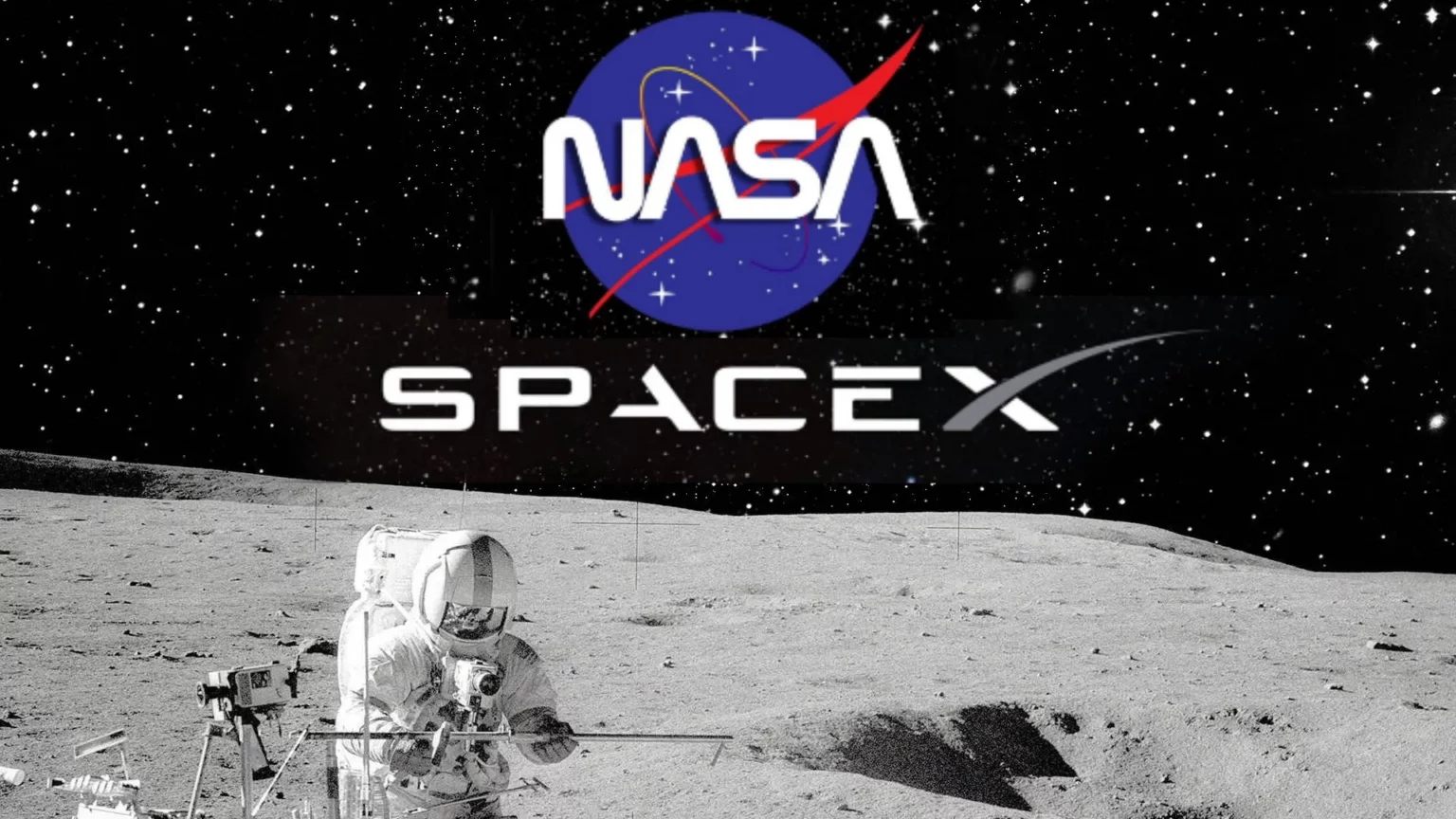The anticipation is building as NASA and SpaceX prepare to launch Crew-7, a four-member crew that will journey to the International Space Station (ISS) in the coming days. This mission showcases the ongoing collaboration between the space agency and Elon Musk’s SpaceX, furthering the exploration and understanding of outer space.
Scheduled for launch from Launch Complex 39A at NASA’s Kennedy Space Center in Florida, the Crew-7 mission is set to take off at 3:50 am (0750 GMT), with a backup opportunity available the following day at 3:27 am. The crew members are enthusiastic about their mission and the scientific experiments they will conduct during their stay on the ISS.
The Crew-7 crew, led by US astronaut Jasmin Moghbeli, includes Andreas Mogensen from Denmark, Satoshi Furukawa from Japan, and Konstantin Borisov from Russia. The diversity of nationalities on the crew underscores the international nature of space exploration and cooperation.
For Moghbeli and Borisov, this mission marks their inaugural journey to space. Moghbeli, a Naval test pilot, expressed her long-standing desire to experience space travel, stating, “This is something I’ve wanted to do for as long as I can remember.” She looks forward to gaining a new perspective on Earth and enjoying the unique sensation of weightlessness.
The significance of this mission extends beyond individual experiences. SpaceX’s involvement in Crew-7 highlights its pivotal role in transporting astronauts to and from the ISS. NASA’s collaboration with SpaceX and other partners aims to reduce reliance on Russian rockets for astronaut transportation, a step taken after the conclusion of the Space Shuttle program in 2011.
Konstantin Borisov’s participation holds special significance, as he becomes the third Russian to fly aboard a SpaceX Crew Dragon capsule atop a Falcon 9 rocket. Despite geopolitical tensions, space exploration remains a space of cooperation between the US and Russia, symbolizing the potential for peaceful collaboration in challenging times.
During their six-month tenure on the ISS, Crew-7 will engage in a range of scientific experiments. One such experiment involves collecting samples during a spacewalk to determine whether the station releases microorganisms through its life support system vents. Another experiment will compare the physiological differences between sleep on Earth and in space, shedding light on the impact of microgravity on the human body.
As the world watches the Crew-7 mission unfold, the successful collaboration between NASA and SpaceX serves as a testament to human curiosity, innovation, and the shared aspiration to explore the cosmos. The ISS, launched in 1998, has become a symbol of international cooperation in space exploration. While its operations are slated to continue until at least 2030, plans are underway for private companies to develop commercial space stations to continue humanity’s journey beyond Earth’s bounds.



